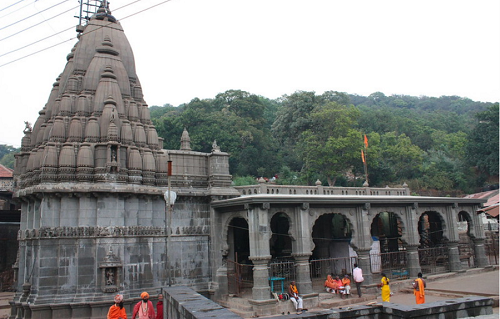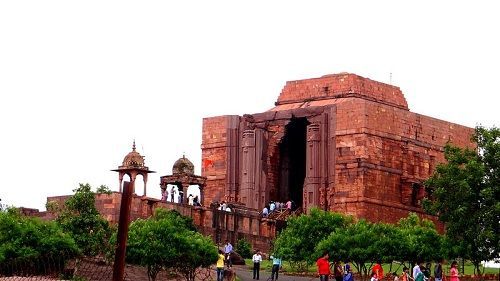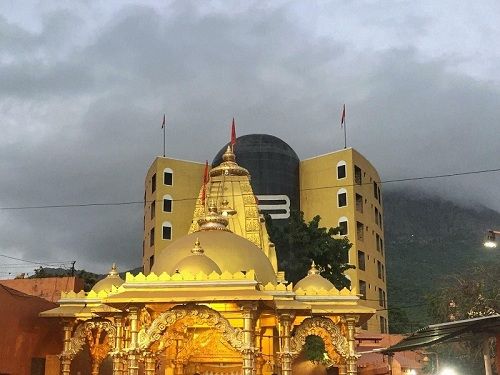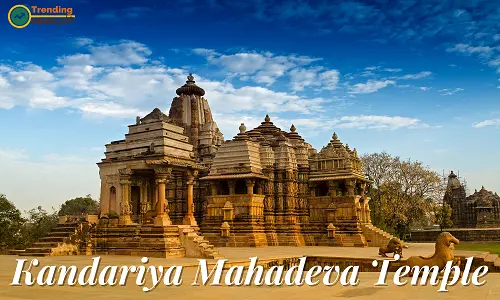🏰 Purandar Fort In Maharashtra – A Journey Through History & Nature
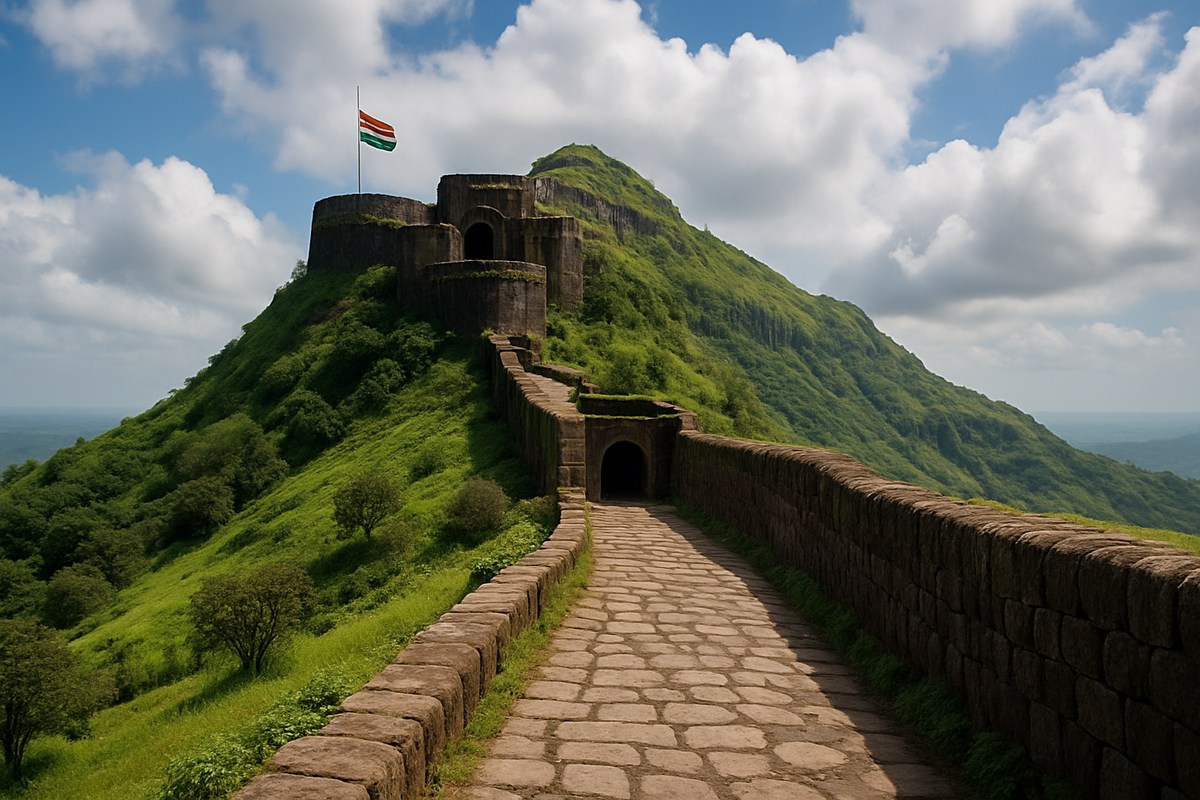
Nestled in the scenic Sahyadri ranges near Pune, Purandar Fort is not just a popular trekking destination but also a site of immense historical significance. It’s one of the lesser-explored yet incredibly rich Forts in Maharashtra that played a vital role during the Maratha era and continues to captivate visitors with its majestic views and timeless architecture. 🏞️
Whether you’re a history lover, an adventure seeker, or a spiritual soul, Purandar Fort offers something unique for every kind of traveler. In this detailed guide, you’ll explore everything you need to know about Purandar — from its glorious past to trekking routes, must-see spots, and helpful tips. 🌄
📍 Where is Purandar Fort Located?
District: Pune, Maharashtra
Altitude: 4,472 feet (1,364 meters) above sea level
Nearest Town: Saswad (25 km from Pune city)
Situated in the Western Ghats, Purandar Fort provides panoramic views of the lush green valleys and neighboring hills. Its proximity to Pune makes it a perfect weekend getaway. 🌿
📖 Historical Significance of Purandar Fort
The origins of Purandar Fort trace back to the Yadava dynasty. However, it gained prominence during the Maratha period, especially under the leadership of Chhatrapati Shivaji Maharaj. 🛡️
Shivaji Maharaj recaptured this fort from the Mughals in the 17th century and it became one of the main strongholds of the Maratha Empire. The fort is also known as the birthplace of his son, Sambhaji Maharaj.
One of the most significant events linked to Purandar is the Treaty of Purandar (1665), signed between Shivaji Maharaj and the Mughal general Jai Singh I, which reshaped the political boundaries of the region. 🏇
🏔️ Trekking to Purandar Fort – Routes & Experience
Trekking to Purandar is moderately easy, making it ideal for both beginners and seasoned trekkers. The climb typically starts from the base village of Narayanpur.
🚶♂️ Trekking Highlights:
- Distance from base: Approx. 4–5 km
- Duration: Around 1.5 to 2 hours
- Trail type: Steep yet scenic; well-marked paths
- Best time to trek: October to February (pleasant climate)
As you ascend, the trail takes you through flowering meadows, ancient gates, water cisterns, and ruins that whisper tales of glory and battles. 🌸
🏛️ Key Attractions Inside Purandar Fort
🔰 1. Purandar Machi
This is the lower part of the fort, housing ruins of military barracks, temples, and storage buildings. Great place to rest and soak in the landscape. ⛰️
🕍 2. Kedareshwar Temple
An ancient Shiva temple with intricate stone carvings. It remains a spiritual spot for many visitors. 🕉️
🚪 3. Dilli Darwaza
The main entrance gate of the fort, known for its grandeur and strategic design. Great spot for photography. 📸
🧱 4. Upper Fort (Balekilla)
The highest point of Purandar Fort, offering breathtaking views of the entire region. It also has a watchtower and remnants of old walls. 🌄
🕊️ 5. Statue of Murarbaji Deshpande
A tribute to the brave Maratha warrior who defended the fort valiantly against the Mughals. An inspiration for generations. 💪
🕰️ Best Time to Visit
- Winter (October to February): Best season with cool breeze and clear skies 🌤️
- Monsoon (June to September): Lush greenery and misty cliffs, but be cautious of slippery trails 🌧️
- Summer (March to May): Can be hot; early morning treks are advised ☀️
🧭 How to Reach Purandar Fort
By Road: Drive to Narayanpur from Pune (around 40 km), then begin your trek.
By Public Transport: Buses are available from Pune to Saswad. From Saswad, take a local auto or jeep to the base village.
🚗 Parking is available near the trekking base. Weekend travelers often bring their own bikes or cars.
🍱 Food & Essentials
- Carry your own food and water, especially during weekdays when stalls are closed.
- During weekends, small local stalls near the base serve Poha, Tea, Bhakri, and snacks. 🍛
- Don’t forget energy bars, ORS, and sunscreen. 😎
🧳 Travel Tips
- ✅ Start early to avoid trekking in harsh sunlight
- ✅ Wear proper trekking shoes and breathable clothes
- ✅ Be respectful of historical structures; no graffiti or littering
- ✅ Carry a camera or phone for breathtaking shots 📷
- ✅ Avoid loud music — let nature be your playlist 🎶
🔍 Mythology & Legacy
The name “Purandar” is said to be derived from "Puran-dhar" meaning the destroyer of evil. The fort has always been associated with power, bravery, and strategy — a sacred ground for the Marathas.
Local tales also suggest that sages once meditated here, and the fort holds divine energy that many say can be felt especially at the temples. ✨
🎯 Why You Should Visit Purandar Fort
Here’s why Purandar Fort should be your next trek or weekend destination:
- ✔️ Perfect blend of nature, history, and adventure
- ✔️ Lesser crowd compared to other popular forts
- ✔️ Ideal for photography and Instagram reels 📲
- ✔️ Easy to moderate trek — suitable for beginners
- ✔️ Deep dive into the Maratha legacy of Chhatrapati Shivaji Maharaj
🧡 Final Thoughts
Purandar Fort is more than just stone walls and panoramic views. It's a living tale of valor, devotion, and resilience. Whether you're walking through the Dilli Darwaza or watching the sunset from Balekilla, every step at Purandar is a step back in time. 🕰️
If you're exploring Forts in Maharashtra, this gem near Pune should not be missed. So lace up your boots, pack your bag, and head off for a trek that will stay etched in your memory forever! 🏞️
Have you been to Purandar Fort? Share your experience in the comments and inspire other explorers! 💬

